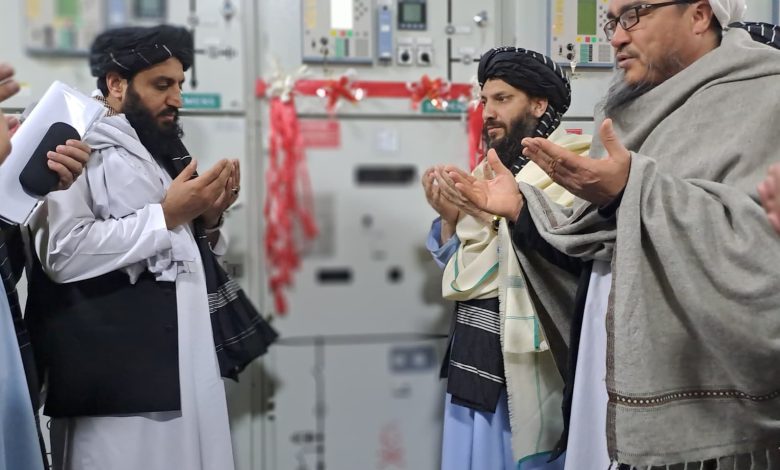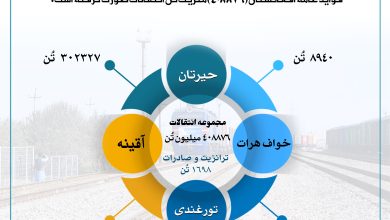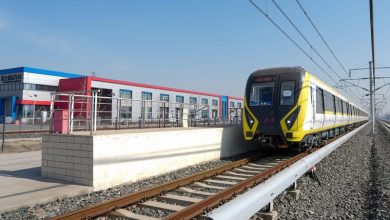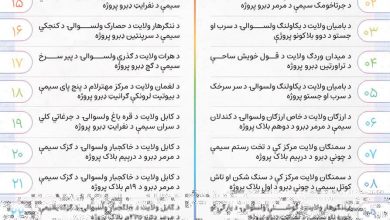Increase in Jowzjan’s Electricity Capacity with the Launch of Two New Projects

Weezha Roz-Jowzjan– The Da Afghanistan Breshna Sherkat (DABS) has launched two major electricity transmission projects in Jowzjan province, with an investment of 125 million Afghanis.
These projects include 70 kilometers of transmission lines and an increase in electricity production capacity to 80 megawatts, which will supply power to 20,000 families in the five districts of Aqcha, Jowzjan.
Recent Four-Month Efforts and Future Plans
In the past four months, DABS has worked on 13 electricity projects with a total capacity of 513 megawatts.
The press office of Jowzjan province states that these projects include the development of transmission networks, the construction of substations, and the utilization of solar energy.
With the completion of ongoing projects, electricity production capacity will increase to 940 megawatts.
The focus is on domestic production using solar and hydropower resources, reducing dependence on imports from countries like Turkmenistan and Iran.
Jowzjan Governor Gul Haidar Shafaq emphasized the importance of community participation in maintaining the networks, stating, “Protecting these projects is not only the government’s responsibility; the people must also be accountable for the protection of infrastructure.”
Abdulbari Omar, the CEO of DABS, stated at the inauguration ceremony of these two projects that Afghanistan has the capacity to produce 222,000 megawatts of solar energy and 24,000 megawatts of hydropower, and is currently attracting both domestic and foreign investors to realize this potential.
There is also a backlog of 20 billion Afghanis in debt from the previous government, part of which is owed by government agencies.
500,000 meters of the national network are still not connected to the system, but the renovation of transmission lines is underway.
DABS is requesting support from organizations like the World Bank for projects such as CASA-1000, which facilitates electricity transmission from Central Asia.
These projects are not only a significant step towards addressing Jowzjan’s electricity shortage but also symbolize the Islamic Emirate’s efforts toward energy self-sufficiency.
However, the ultimate success depends on resolving financial challenges, engaging community participation, and international cooperation.
It is expected that with the completion of future projects, Afghanistan will achieve the status of an energy exporter in the region.
Weezha Roz




